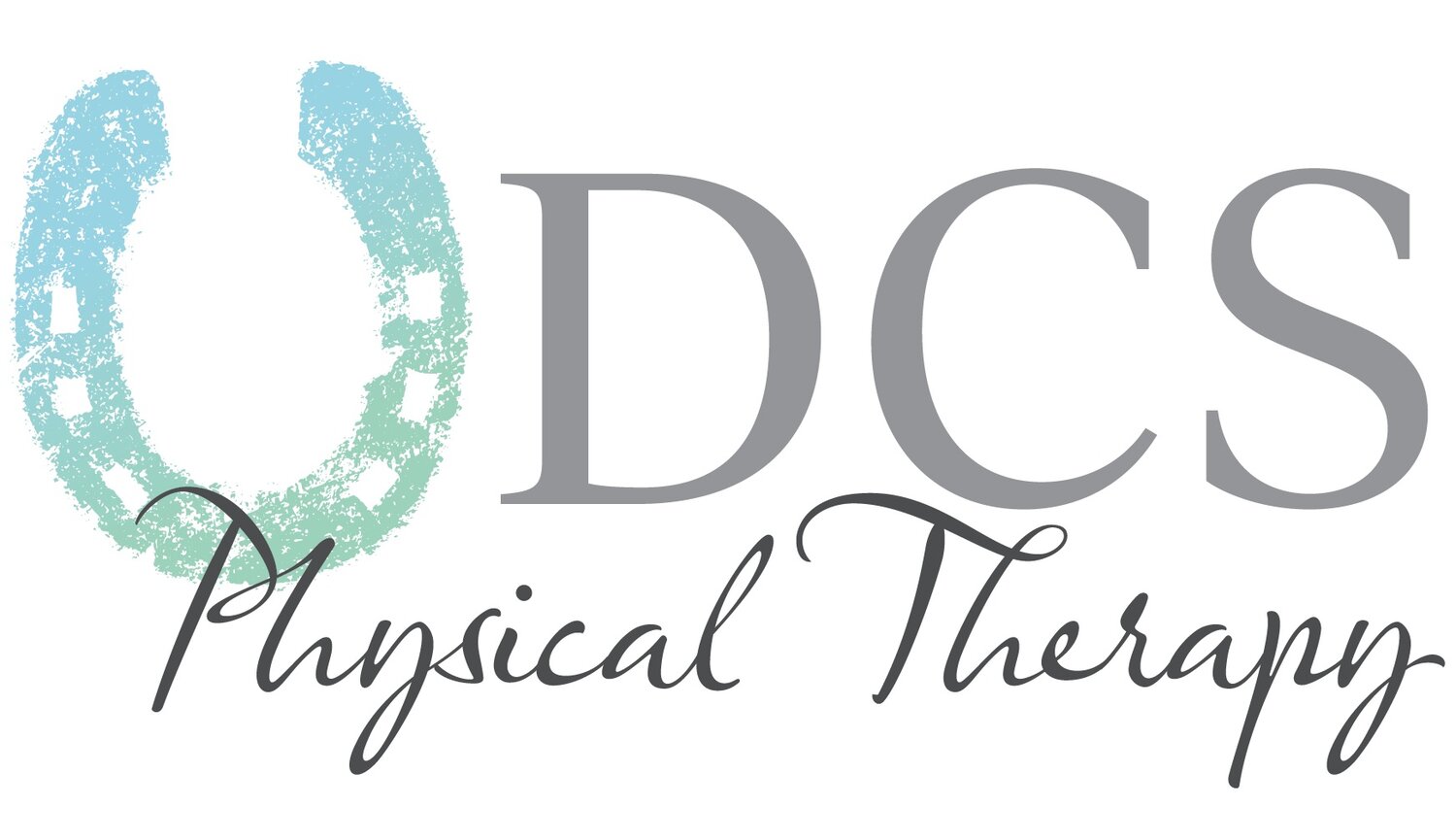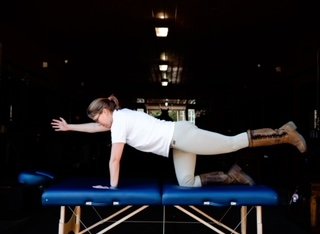Benefits of Soft Tissue Work for Horseback Riders
Soft tissue work for riders
Soft tissue work (STW) can come in many forms. It can be massage, cupping, instrument assisted muscle release, or even simple stretching. Horseback riders looking to improve their physical condition and riding performance will often have bodywork done on their horse, but rarely on themselves. Horseback riding can be physically demanding, and STW can help riders recover from a taxing performance, as well as improve flexibility and range of motion.
One key benefit is muscle recovery. Riding can place a lot of strain on muscles, leading to muscle soreness and fatigue. STW can help to loosen tight muscles and promote blood flow, aiding in the restoration process and helping riders feel more comfortable and ready to ride again more quickly. It can also help riders improve their flexibility and range of motion. Tight muscles can limit mobility and make it more difficult to maintain proper form and technique while riding. STW can help to release these muscles, allowing riders to move more freely and comfortably in the saddle, particularly during more demanding disciplines of riding such as jumping, dressage or endurance riding.
For horseback riders looking to improve upon their physical condition and riding performance STW can be a nice addition to a well rounded fitness program. Riders should also incorporate other types of physical activity, such as cardiovascular workout and stretching, to achieve optimal results in addition to soft tissue work and professional orthopedic and sports physical therapy.
Stretching Benefits for Horseback Riders
How can stretching help horseback riders
Many horseback riders reach out to me looking to improve their flexibility, balance, and overall physical condition while in the saddle, and one of the simplest ways to do that is by incorporating stretching into their lives both in and out of the saddle. Horseback riding can be physically demanding, and maintaining a good level of flexibility can help riders move more freely and comfortably.
One benefit of stretching for horseback riders is improved range of motion. Often the word supple is used when referring to the horse, however rider suppleness in the muscles and joints is important, as it aids in maintaining proper form and technique while riding. Stretching can help riders achieve an increased range of motion, allowing them greater control of their bodies while in the saddle, and making it easier to maintain “ideal” riding position to be most effective with their aids. In addition to improving range of motion, stretching can also help riders improve their balance and stability while riding. By improving the flexibility of the muscles commonly uses such as calves, spinal muscles, and hip muscles riders may be able to ride with more control and confidence.
Stretching can also help riders recover from muscle soreness and fatigue. After a long ride or a particularly physically demanding session, stretching can help to loosen tight muscles and reduce lingering effects. This can help riders feel more comfortable and ready to ride again more quickly.
Stretching should be an easy additon for horseback riders looking to improve their physical condition and riding performance. It's important to note, however, that stretching is just one aspect of a comprehensive fitness program for riders. In addition to stretching, riders should also incorporate other types of physical activity, such as cardio and strength training to achieve optimal results.
Strength Training and Horseback Riding
How can strength training help riders
Strength training can be a great addition for horseback riders looking to improve their physical conditioning and riding performance. Many of the same physical demands required for horseback riding, such as strength, power, and stability, can be addressed through strength training exercises, whether that is with weights, or resistance bands, or even just your own body weight.
One key benefit of strength training for horseback riders is improved core strength. The core muscles, including the abdominal muscles, obliques, and lower back muscles, play a critical role in maintaining balance and stability while riding. Strengthening these muscles can help riders maintain proper posture and control while in the saddle, leading to a more comfortable and successful ride. Strength training can also help riders develop upper body strength, which is important for tasks such as controlling the horse and maintaining proper posture while riding, reducing the risk of injury and improving overall performance.
In addition to these specific benefits, strength training can also help riders improve their overall physical condition, leading to better endurance and stamina while riding. This can be especially important for riders who participate in higher level dressage, jumping, endurance riding or other physically demanding disciplines.
It's important to note that strength training is just one aspect of a comprehensive fitness program for horseback riders. In addition to strength training, riders should also incorporate other types of physical activity, such as cardiovascular work and stretching, to achieve optimal results. However, when incorporated into a well-rounded fitness program, strength training can be great for riders looking to improve their physical conditioning and riding performance.
How can Physical Therapy Help?
How can Physical Therapy help horse back riders?
Physical therapy can be a valuable tool for horseback riders looking to improve their riding skills, prevent injuries, and recover from injuries sustained while riding. Horseback riding can be physically demanding, as it requires a combination of strength, balance, and flexibility. As such, riders may experience muscle strains, soreness, and other physical issues that can be addressed through physical therapy.
One common issue that physical therapy can help with is muscle imbalances. Horseback riding can place a lot of strain on certain muscle groups, such as the shoulder girdle or hip adductors, leading to imbalances and making riders more prone to injury. Physical therapy can help identify and correct these imbalances through targeted exercises and stretches, improving overall strength and balance.
Another area where physical therapy can be beneficial for horseback riders is in the prevention and management of overuse injuries. These types of injuries, such as tendonitis and bursitis, can result from repetitive movements and strain on certain parts of the body. Physical therapy can help riders develop strength and flexibility in these areas, reducing the risk of overuse injuries and helping to manage any that do occur.
In addition to addressing specific issues, physical therapy can also help riders improve their overall riding performance. By improving strength, flexibility, and balance, riders may be able to ride with more control and confidence, leading to a more enjoyable and successful experience.
While nothing operates in a vacuum, and other measures such as well fitting tack, and fully rounded medical care for both horse and rider, professional orthopedic and sports physical therapy can be a game changing addition for riders looking to stay healthy and improve their performance




